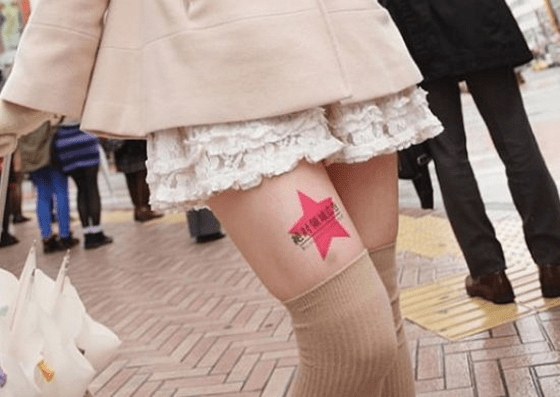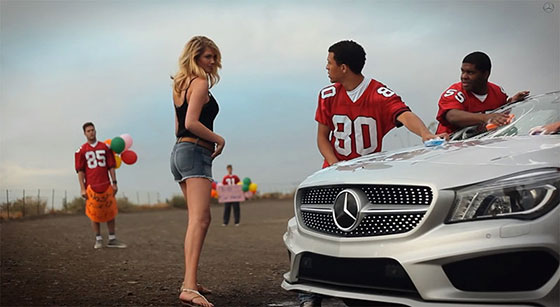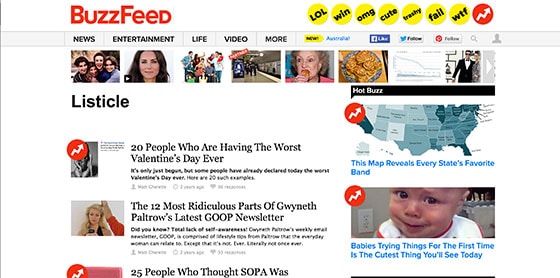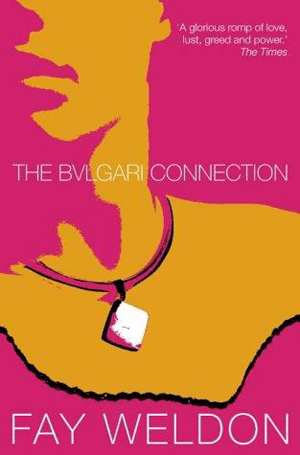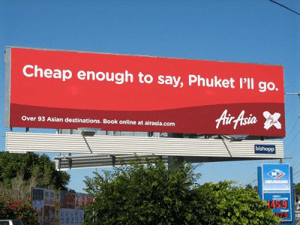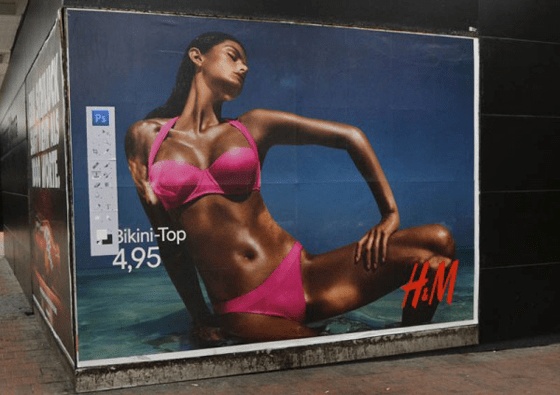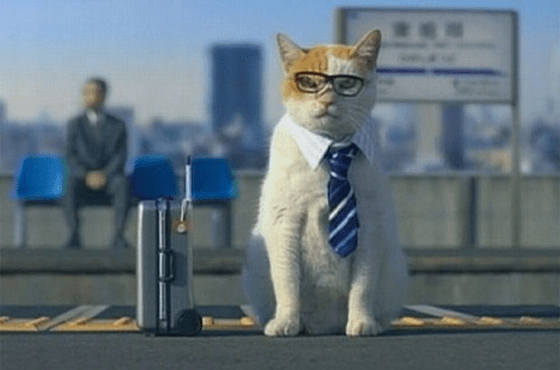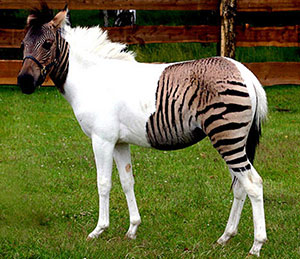
Part of our job as marketers is to make people see things differently. Sometimes this involves framing existing concepts in new ways (take the startup world’s invention of the term Growth Hacker or Ogilvy & Mather’s brilliant Diamond Shreddies campaign).
And sometimes it involves making stuff up. Like new words, for example.
Many of these new words are what’s known as a portmanteau, a word that combines two existing terms in an effort to explain a brand new concept. Some portmanteaus, such as smog (smoke + fog) or brunch (breakfast + lunch), have been around so long it’s easy to forget where they came from.
Portmanteaus run the gamut from useful to utterly silly (jeggings, anyone?). But as ridiculous as some might sound, in the world of online marketing, these words can help us make sense of a rapidly evolving landscape. Or simply make for a good laugh.
Here are a few of the best and funniest portmanteaus in marketing today:
1. Thighvertising = Thighs + Advertising
Big in Japan, “thighvertising” refers to using the human body (specifically, the upper thighs) to advertise a product. Under the scheme, advertisers can use premium billboard space (typically a woman’s legs) to showcase their brand name or logo all around town.
A similar guerrilla advertising technique was used by New Zealand retailer Superette. In order to promote a sale on shorty shorts, the boutique put indented plates onto public benches and bus stops.
When people sat down, the message was imprinted onto the back of their thighs, effectively turning them into walking billboards for the store.
2. Blogebrity = Blog + Celebrity
A blogebrity is a type of internet celebrity made famous through his or her blogging activities. Think Perez Hilton or YouTube personality Jenna Marbles.
Blogebrities can be ranked based on popularity and influence and, like actual celebrities, can even be categorized as A-List down to D-List based on these metrics.
Incidentally, “blog” is itself a portmanteau of the words “web” and “log,” so it’s fitting that so many new words stem from it, including a term closely-related to the blogebrity phenomenon: Blogosphere (web+log+sphere). Call it the Russian dolls of portmanteaus.
3. Masstige = Mass + Prestige
Masstige may sound like a name for a fancy dog breed, but in fact the term has very specific marketing roots.
A type of downward brand extension, masstige refers to prestigious products designed to be sold to the masses. The concept has really taken off in recent years, with companies like Pottery Barn and Bath & Body Works selling luxury goods at attainable price points.
Car companies, too, are big practitioners of masstige. Lexus, for instance, has seen great success with its GS series of mid-luxury class cars that have been touted as a more affordable alternative to the Mercedes-Benz E-Class.
Because they occupy the spot between mass and class, masstigious (yup, I just wrote that) products tend to be more expensive than similar items in their market, but are still generally affordable and always readily available – unlike luxury goods that thrive on scarcity and exclusivity.
4. Listicle = List + Article
Here’s another fun little portmanteau that you’ve probably encountered a lot. A listicle is a list disguised as an article… or is it an article disguised as a list?
Either way, it’s a common feature in online magazines and blogs, where bounce rates are high and bullet-points are the most effective way of getting information across.
Listicles also have the added benefit of attention-grabbing headlines (Top 10 Reasons To Do X, Y, and Z) and are easy to write; there’s no need to worry about transitions, sequencing or pacing – all the information is presented right there in front of you, in an easy-to-digest list format.
Not unlike this very post.
A similar, and even stupider sounding, portmanteau is charticle, an article in the form of a chart that’s better known as an infographic.
5. Advertainment = Advertisement + Entertainment
These days, it’s no longer enough for an ad just to hold our attention. As consumers, we have to be engaged, encouraged and, above all, entertained.
That’s why everyone’s talking about advertainment. Remember when millions of people watched in awe as Felix Baumgartner broke the sound barrier while skydiving from the stratosphere? That was advertainment, made possible by Red Bull.
In a similar vein, since the early 2000s, BMW has put out several 10-minute long videos that combine plot and product placement, with a result that feels more like a mini film than an ad.
6. Fictomercial = Fiction + Commercial
Like advertainment, a fictomercial is a blend of product placement and entertainment, only in this case the product in question is advertised in a novel or short story.
The first example of a fictomercial can be found in Fay Weldon’s 2001 novel The Bulgari Connection, which features heavy-handed references to the luxury jeweller throughout – for which Weldon was handsomely compensated.
Companies that commission fictomercials typically have a set number of times a product name must be mentioned, as well as strict guidelines for the context in which it can be discussed.
No matter the medium, it’s a difficult task trying to advertise a product through fiction without losing readership, and that’s exactly what makes this funny little portmanteau so interesting.
7. Cocacolonization = Coca-Cola + Colonization
This portmanteau sure is a tongue-twister. Cocacolonization refers to a franchise or brand going global.
The term is actually not at all new. It’s been around since the 1950s and gained steam during the Cold War. Today it’s come to refer to the process of westernization in general, not just the spread of Coca-Cola (which, it should be noted, has been pretty successful; Coke is currently sold in all but two countries, Cuba and North Korea).
8. Badvertising = Bad + Advertising
This word may be new but the idea behind it sure isn’t. See a particularly obnoxious, flashy or offensive ad? Must be a product of badvertising. Some ads are insensitive, some are annoying, and many are just plain bad.
They may succeed in getting your attention, but it’s for all the wrong reasons. Brands guilty of badvertising may have made a false claim, a questionable joke or perhaps they just lack taste.
The flipside of badvertising is the aptly named radvertising. These ads are so bad they’re good – full of tongue-in-cheek puns and pop culture references. Sometimes being bad can be pretty… rad.
9. Subvertising = Subversive + Advertising
Subvertising refers to political statements masked as ads that are often satirical in nature. Also known as a meme hack, the best subvertisements look at first glance like a normal ad, but the caption or image makes viewers do a double-take.
This type of cognitive dissonance (expecting to see one thing and being confronted with another) is an effective way of getting a strong message across, so it’s not surprising that subvertisements tend to convey a powerful, controversial idea, often satirizing the same company they’re mimicking.
A good example of subvertising can be found in the work of an anonymous street artist in Hamburg, Germany, who pasted images of Photoshop toolbars onto several (heavily Photoshopped) billboards for H&M.
While there is surely no doubt in the mind of anyone who views the ads as to whether they’ve been altered, the fake toolbar helps the unknown artist send a strong message about standards of beauty in advertising.
10. Catvertising = Cats + Advertising
Last but certainly not least, we have one of the most pervasive (and effective!) marketing portmanteaus to enter our lexicon… Catvertisting.
Yes, that’s a combination of cats and advertising. How does such a technique work you might ask? It’s simple: Just add cats.
So far catvertising exists primarily in the form of spoof and parody, but marketers are on the right track. After all, Grumpy Cat has her own line of merchandise, including t-shirts and mugs, as well as an agent.
Maru, famous for his undying love of boxes, has his own book deal and Lil Bub has her own web series.
So while catvertising exists today as a funny jab at traditional advertising techniques, it’s only a matter of time before more marketers recognize the selling power that our feline companions hold in their paws.
Which marketing portmanteaus make you laugh/cringe? Share your favorites and least favorites in the comments!
